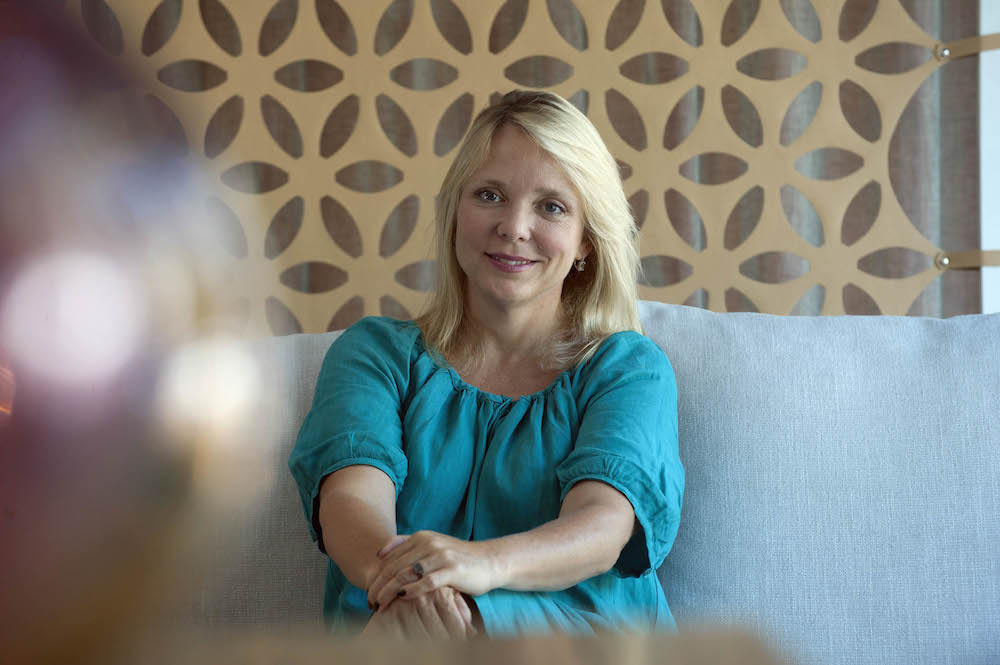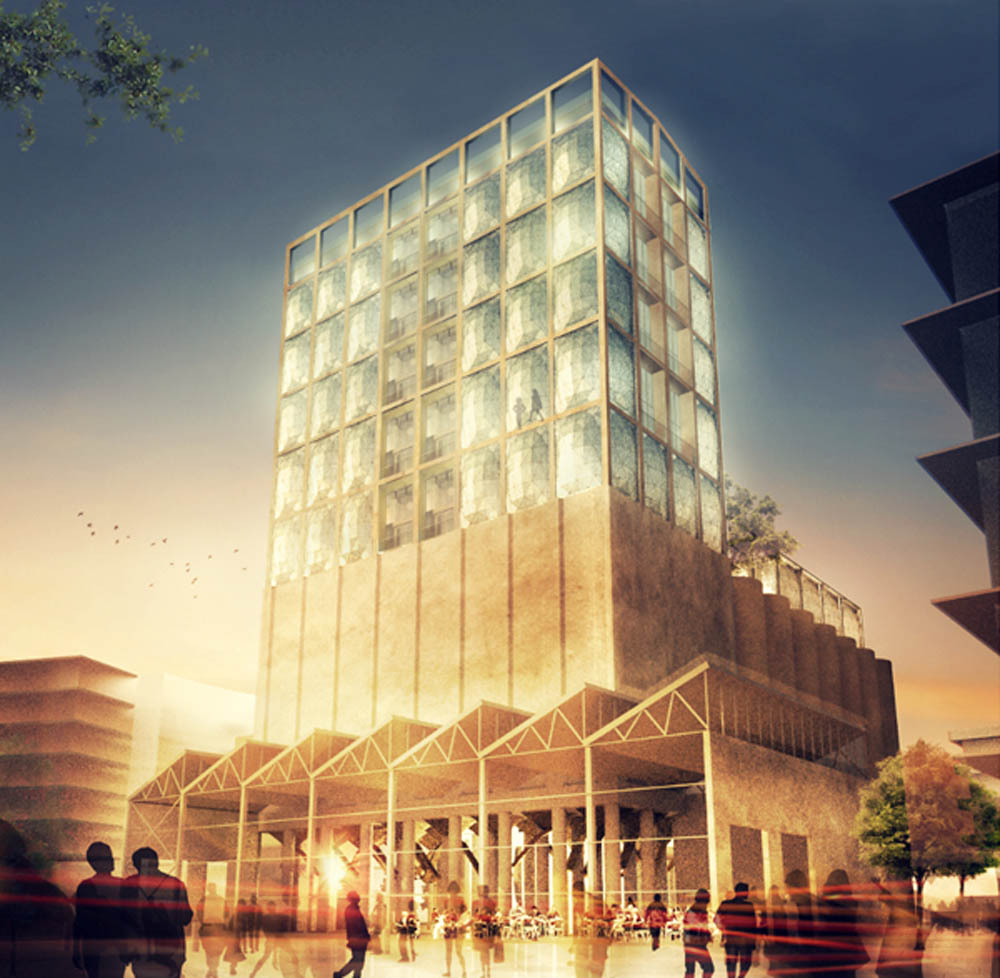Local creations fill the Watershed stalls.
The World Design Capital 2014 year has been busy for Trevyn and Julian McGowan. Having spent the past few years establishing Southern Guild, internationally and locally, as the go-to for collectable South African design that goes for fine art prices, this year was about using their reputation.
In February they hosted South Africa’s first international design fair, Guild, and in October launched the Business of Design seminars. In November they opened Southern Guild’s first permanent gallery in Woodstock, having shown the collection at fairs in Dubai, Basel, Miami and New York. They also curated and launched the Watershed design and craft emporium under the contract of the V&A Waterfront, which included their first retail space, Odeon.
“The [local] design industry has come of age just recently, and it’s now ready to go from weekend markets and once-a-year affairs to 365 days a year of retail and staffing,” Trevyn McGowan said of the Watershed, named to reflect this serendipitous moment.

Trevyn McGowan
More than 400 local brands are presented in a remixing of the exhibitors from the old Red and Blue craft sheds, with hip young emerging and exclusive established designers thrown in to ensure there is something for everyone in every category, with prices ranging from R20 to R50 000.
“If something is R20 or R50 000, I’m as interested in presenting it in the discussion because if the product is good, the impulse is good, and it’s not clichéd, tired, copied, crappy stuff, then there’s something worth looking at,” says McGowan. He confirms the world trend for luxury not to be about price tag but about authenticity, limited editions, and being handmade and unique.
The age of isolation
There’s something new to luxury, though, in a social media-driven world in which everyone is both more connected and more isolated than ever before: human connection. “Meeting the people behind the brands is the absolute definition of luxury for me in a world where everything is nameless, faceless and generic,” says McGowan.
Besides many of the designers and crafters staffing their own stands at least some of the time, the architecture is intended to foster cross-pollination, collaboration and interpersonal inspiration.
An industrial shed from the dry docks of the harbour, Cape Town’s Wolff Architects prioritised translucent building materials and clear lines of sight between the storeys. Looking like a street market on the ground level, floors suspended from a fortified steel frame host the University of Cape Town’s Innovation Hub for the Graduate School of Business, co-working as formal office space, and exhibition areas. It recently hosted the world-renowned Lego art exhibition by United States artist Nathan Sawaya.
With 24-million visitors a year, the V&A Waterfront is the most visited site in Africa, yet it’s hardly news that money does not buy happiness. As George Monbiot writes in “Materialism: a system that eats us from the inside out”, a Guardian article in which he sites research linking loneliness and shopping: “Social atomisation may be the best sales strategy ever devised, and continuous marketing looks like an unbeatable programme for atomisation.”
Curated retail is increasingly being touted as the bricks-and-mortar antidote to the online retail game, and it’s not just about products but about drawing the right crowd. For instance, McGowan explains, curating is not just about “editing, selecting and having an opinion” but also about “being a connector” and “curating people that you think will be symbiotic or who will get on”.

Artist’s impression of the Zeitz Museum of Contemporary Art Africa
“Selection is a minuscule part of curating,” agrees Mark Coetzee, executive director and chief curator of the Zeitz Museum of Contemporary Art Africa, which has set up an interim pavilion for itself, just down the walkway from Watershed, on the bridge towards the Cape Grace. “It’s also about defining how the conversations add to the work. So part of our strategy is to open things up so that all people participate, regionally and globally.”
A safe space for tough art
Coetzee, who has returned to South Africa after 15 years abroad as director of the Rubell Family Collection in Miami and programme director of PUMAVision, is using the pavilion as an audience research project to inform decisions regarding the museum. A refurbishment of the historic Grain Silo undertaken by British architect Thomas Heatherwick, the museum is due for completion in 2016.
Using facial recognition video technology, Coetzee says they have amassed readings of about 250 000 visitors in the past nine months. The technology recognises how long they’re spending in the gallery and rooms, and with each artwork, as well as their use of public space and ablutions. “Some people think we have to dumb the art down but I can’t compromise what the artist wants to say. If you start dumbing it down and making it populist, why have a museum?”
Coetzee says his team of curators are trained to be on their feet for eight hours, greeting everyone who looks in, inviting them in, offering glasses of water and initiating conversations. This emphasises the human touch as opposed to the aloof elitism of many galleries.
“The more difficult the art gets, the more user-friendly we have to be in every other aspect. If you don’t feel you’re in a safe space, you become defensive, vindictive, vengeful, angry. But if you feel you’re in a safe space, you’re a little more open to difference and dialogue. So I don’t think we must underestimate the role of service industry-orientated practice in public institutions,” Coetzee reflects.
The V&A Waterfront contributed R500-million to the museum and Jochen Zeitz bequeathed his collection of African and diaspora art and underwrote the running costs. It is a not-for-profit institution that holds the art “in trust for the people of South Africa”, says Coetzee.
The museum is a powerful statement of community. But should such a democratic institution be on private land, which can still control the right of admission?
“There’s something that’s particular about the V&A Waterfront – it’s private land, yet it’s the most used land in Africa,” Coetzee responds. “It’s also one of the few spaces in Cape Town that are shared spaces – black and white, rich and poor, Christian and not, etcetera.”
It’s a social inclusion that remains a luxury in the Mother City.